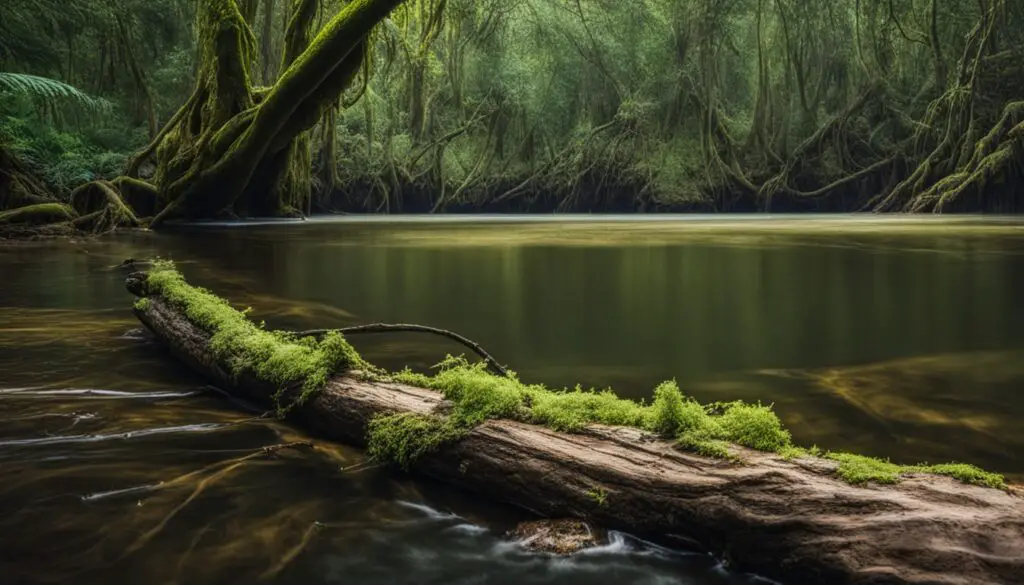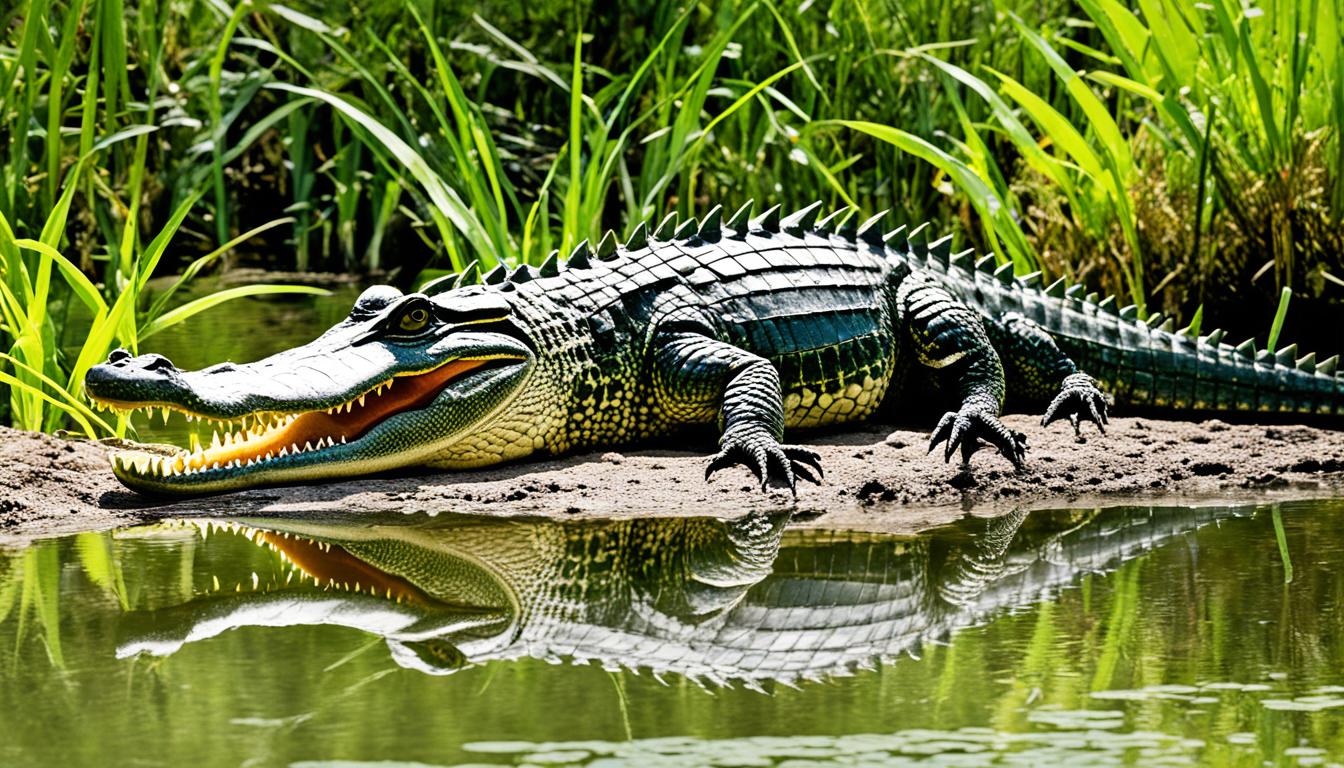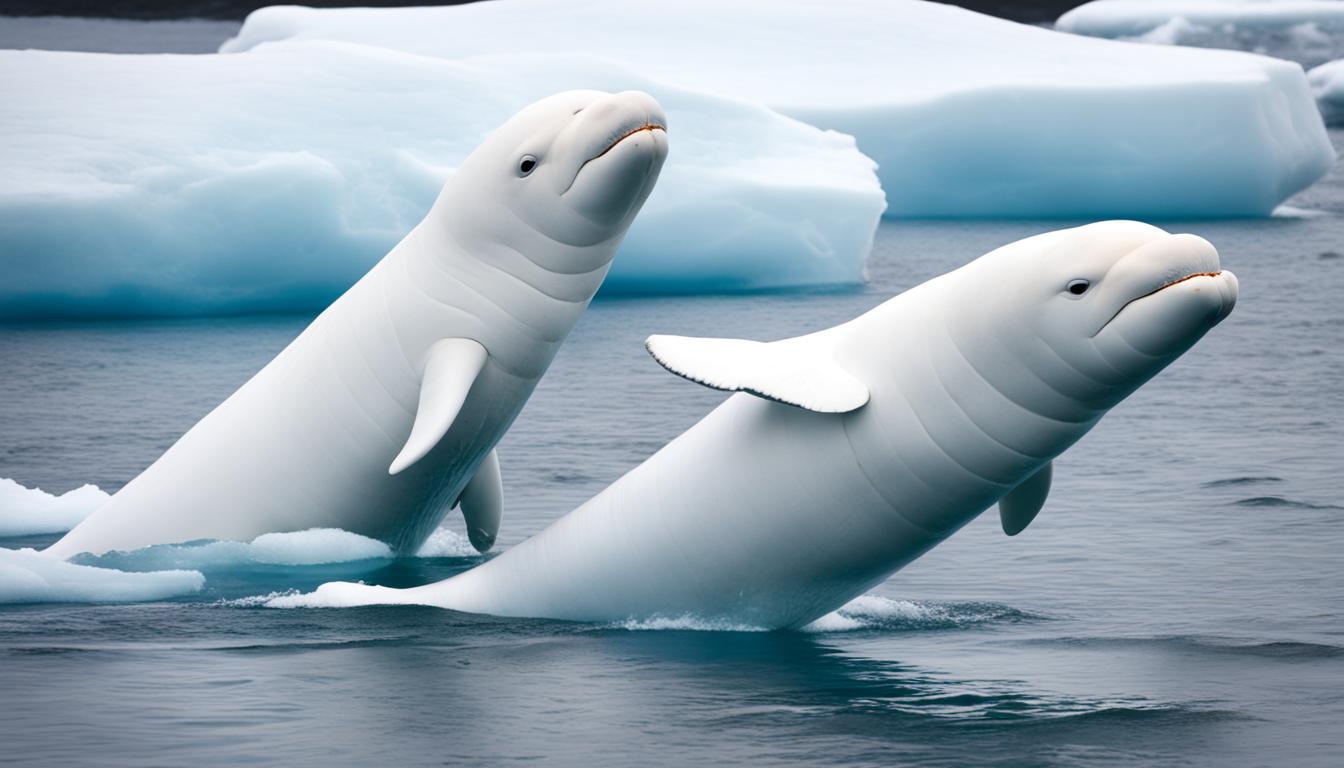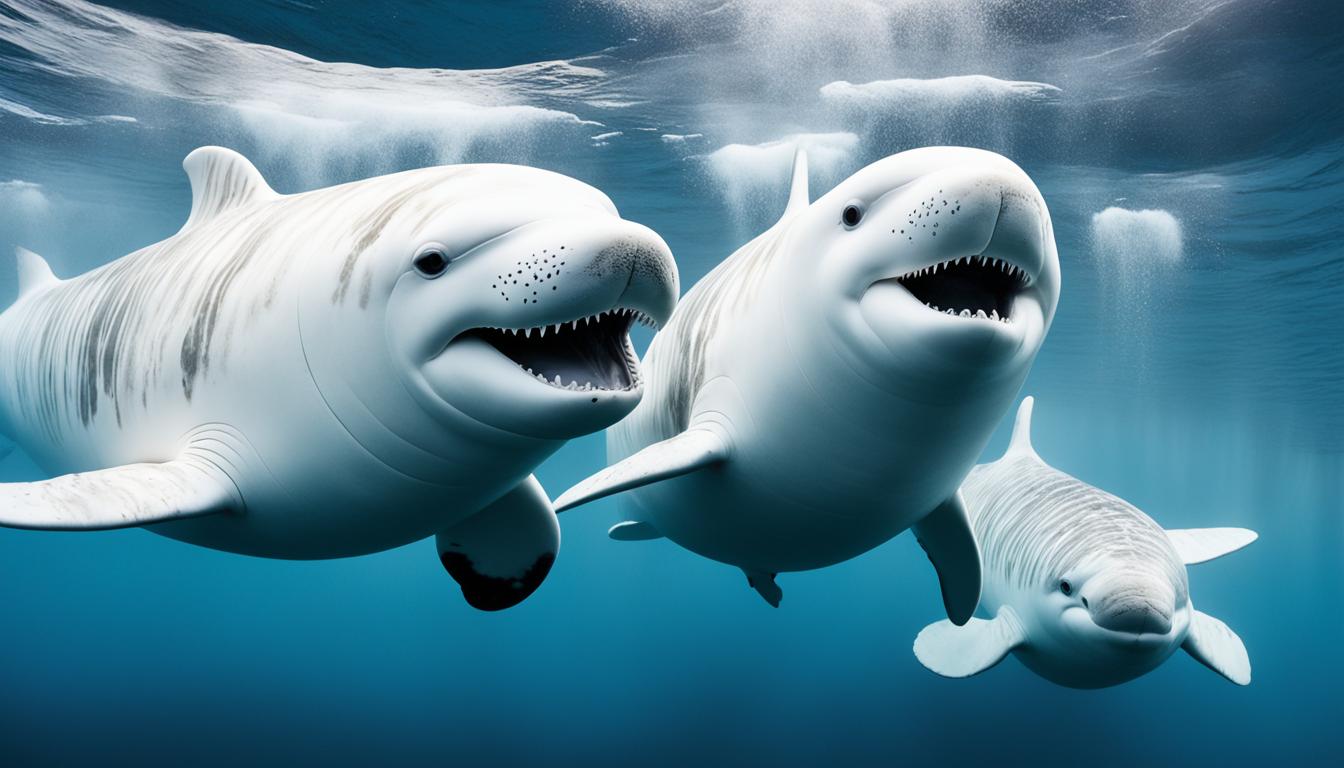Crocodiles have been around for millions of years, showing how well they adapt to different places. You might ask, where do crocodiles live? It’s important to know about their homes to understand their role in nature. These ancient reptiles live in many places, from rivers to mangrove swamps, showing how they can adapt.
This article will show you where these animals live. You’ll learn about the places they call home. Seeing where crocodiles live helps us understand how they depend on their environments.
Understanding Crocodile Habitats
Crocodiles live in many different places, each one perfect for their survival. They call home a mix of aquatic spots, from calm freshwater lakes to wide brackish estuaries. Their habitats show how complex their lives are and the many factors that help them adapt.
Crocodile Natural Habitats Explained
The places where crocodiles live are key for their survival. In freshwater spots like rivers and swamps, you’ll find the American crocodile. On the other hand, saltwater crocodiles like mangrove swamps and coastal areas. This shows how important it is for crocodiles to have different homes to live their lives.
Types of Crocodile Living Environments
Crocodiles live in different kinds of places:
- Freshwater Ecosystems: Lakes, rivers, and wetlands give them lots of food and safe places to breed.
- Brackish Water Areas: These are where salt and freshwater mix, supporting some crocodile species.
- Saltwater Regions: Coastal areas are perfect for big crocodiles, letting them live in both the sea and rivers.
Where do crocodiles live?
Crocodiles live in many places around the world, showing how well they adapt and fit into their environments. Each species has its own special crocodile native habitats. Let’s see where you can find these amazing reptiles in the wild.
Geographical Distribution of Common Species
The Nile crocodile (Crocodylus niloticus) is found in many parts of Africa. It loves both fresh and salty waters. Its wide range shows how well it can live in different places, from rivers to marshes.
The saltwater crocodile (Crocodylus porosus) is also amazing. It can live in both saltwater and freshwater. You can find it from Southeast Asia to the Northern Territory of Australia.
Specific Locations of Different Crocodile Species
In North America, the American crocodile (Crocodylus acutus) lives mainly in Florida and some Caribbean areas. It likes coastal and estuarine places. These spots are great examples of where crocodiles call home.
These areas help crocodiles survive and thrive. The variety of habitats is key to their survival.
Another interesting species is the Morelet’s crocodile. It lives in freshwater in Mexico. Knowing where these crocodiles live helps us understand their needs and why we must protect their homes.
Crocodile Habitat Locations Around the World
Crocodiles live in many places around the world. They have special places that meet their needs. These places help us understand how they survive and adapt.
Regions in North America and the Caribbean
The American crocodile lives mainly in Florida and the Cayman Islands. They like brackish coastal lagoons, mangrove forests, and wetlands. These places let them hunt and sunbathe.
Florida’s wetlands are key to their survival. They support many animals and plants, helping the crocodiles live well.
Habitats in Southeast Asia and Australia
Saltwater crocodiles are found in Southeast Asia and Australia. They live in places like the Great Barrier Reef and the wild northern Australian coast. These areas show how wide their range is.
They move between estuaries and tidal rivers. This lets them live in both fresh and salty water. Their ability to do this helps them survive and helps the ecosystems they live in.
The Ecosystem Supporting Crocodiles
Crocodiles need diverse ecosystems to survive. These environments show their role in the crocodile ecosystem and why crocodile natural habitats matter. Brackish and freshwater areas give them the resources they need to thrive.
Brackish and Saltwater Ecosystems
Brackish and saltwater habitats are key for many crocodiles, especially the saltwater crocodile. Places like estuaries and coastal marshes are perfect for hunting and breeding. This mix of fresh and saltwater boosts the crocodile ecosystem‘s biodiversity.
Freshwater Habitats and Their Importance
Freshwater is crucial for the American crocodile. Rivers, lakes, and wetlands give them food and safe places to nest. These freshwater habitats help crocodiles grow and survive. But, human actions like destroying wetlands threaten these habitats.

Conservation of Crocodile Habitats
Many crocodile species are under threat from hunting, habitat loss, and climate change. It’s vital to protect their homes to keep them and their ecosystems safe. We need stricter laws and strong conservation efforts to save these habitats.
Some places have laws to protect crocodiles, but they vary a lot. This shows we need global action to help. Stronger laws and better enforcement can support crocodile habitats.
Restoring habitats and educating the public are key to conservation. These efforts raise awareness about why we must protect crocodile habitats. By getting people involved, we can ensure better protection of these important places.
“The future of crocodilian species depends heavily on how we manage and conserve their habitats today.”
Community-based conservation is showing good results in some areas. It helps locals live sustainably near crocodile habitats. By linking conservation with local economic growth, communities can prosper and protect their unique ecosystems.
Education and awareness campaigns highlight how we can make a difference in crocodile conservation. These stories show the power of working together to protect crocodile habitats. Encouraging local action is key to improving conservation efforts and protecting wildlife and their homes.
Challenges to Crocodile Habitats
Crocodile habitats face many challenges, mainly from habitat destruction. This is due to urban development and agricultural expansion. As land is taken for farming and cities, wetlands and river systems are lost. This harms the environments that crocodiles need to survive.
Illegal hunting is another big threat. Even with laws to protect them, crocodiles are still hunted for their skins and meat. This not only hurts the species but also upsets the balance in nature. The high demand for crocodile products drives this illegal trade, leading to fewer crocodiles.
Local communities often clash with crocodiles because they eat livestock. This can lead to more harm to crocodile populations. It’s important to find ways for humans and crocodiles to live together peacefully.
Groups and leaders have a big role in solving these problems. They work on sustainable practices and spreading the word about why we need to save crocodiles. Working together is key to finding solutions that protect habitats and help people and crocodiles live in harmony.
Future of Crocodile Populations and Their Habitats
The future of crocodiles depends on tackling big challenges like climate change and losing their homes. We need to understand and plan well to help crocodiles. Research is key to watch over their homes and see how the environment changes might hit them.
Keeping crocodiles safe is crucial for their future. We must make policies that protect nature and encourage green living. Working with local people helps teach them to care for crocodile homes. This is key to saving both wildlife and people.
Looking ahead, we see the importance of working together across the globe to save crocodile homes. These partnerships protect the species and keep their ecosystems healthy. By focusing on saving crocodiles and their homes, we help ensure they can live long into the future.









